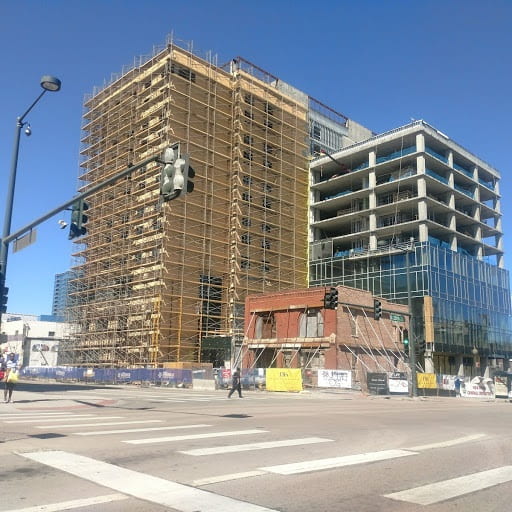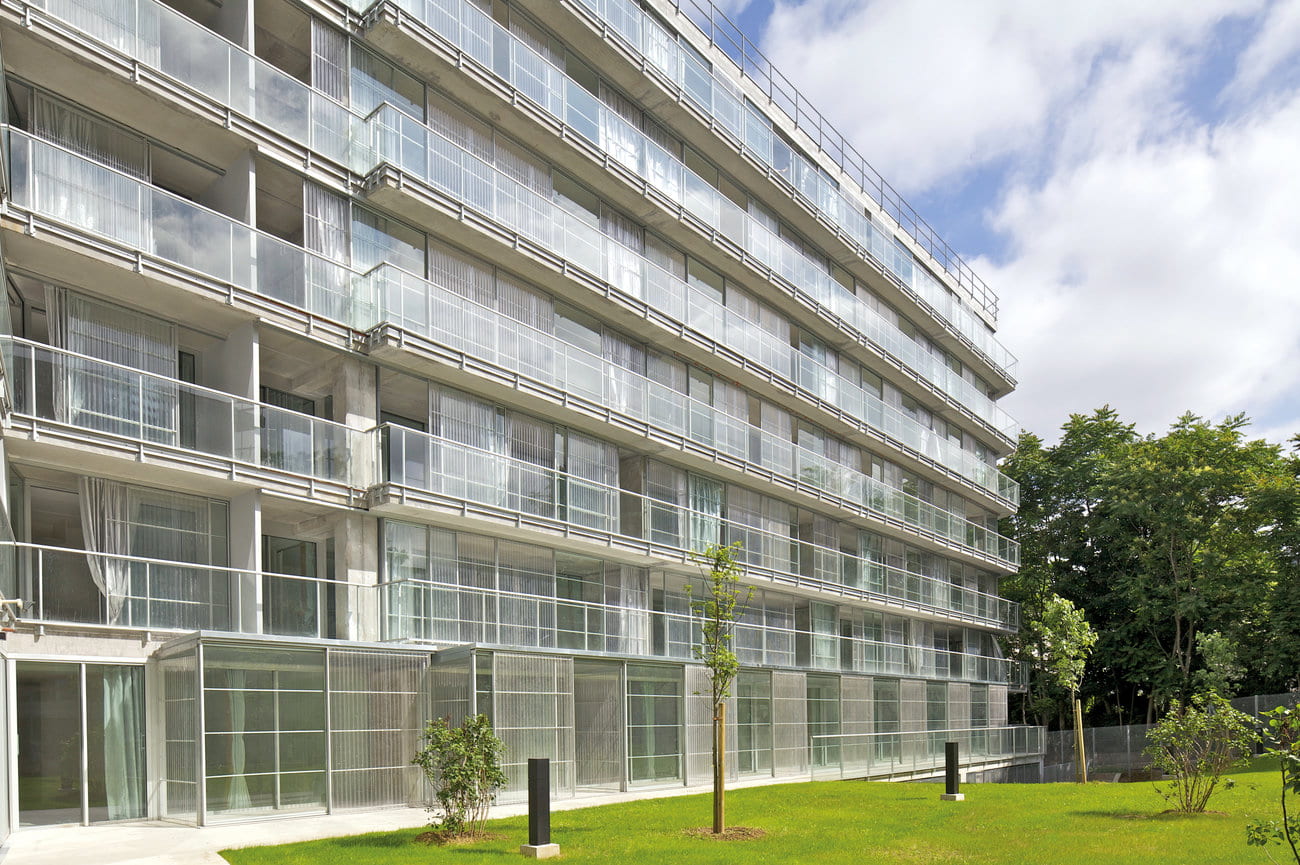Each Friday, the Wagner Planner editorial board will publish a news roundup of recent planning news. Topics range the gamut of urban planning concentrations, but will mostly be at the discretion of the editor.
Why Covering Canals With Solar Panels Is a Power Move
New Climate Model Better Predicts Future Rainfall in Urban Environments
“’The results provided highlight the important effects of these dual drivers of precipitation change (urban development and climate change), especially extreme precipitation change,’ … ‘It underscores the critical importance of modifying existing cities to undertake stormwater management adaptation decisions that ensure future flood risk and impacts are minimized. These results also raise concerns about potential intra-city impacts, highlighting the need for similar studies as we have conducted, but at much higher resolution.’” (Courthouse News)
2021 Pritzker Prize Goes To French Architects Who ‘Work With Kindness’
“Anne Lacaton and Jean-Philippe Vassal, this year’s winners of the most prestigious award in architecture, are as surprised as anyone else.
The firm’s approach of cost-effective, creative readaption could be a model for urban planning in the U.S., Wilson says, where demolition’s been seen as a solution to deteriorating public housing in such cities as Chicago and St. Louis. ‘And granted, there’s a host of other issues as to why that happened,’ she says. ‘It’s not the building, it’s the absence of social services and lack of repair to buildings that made living in public housing untenable for residents.'” (NPR)


